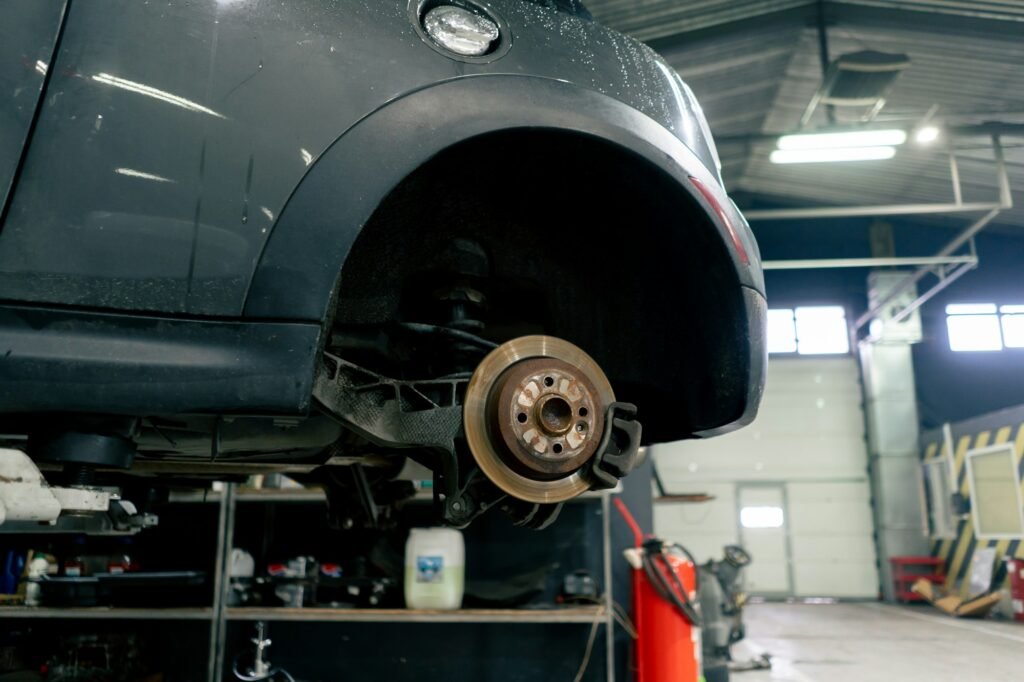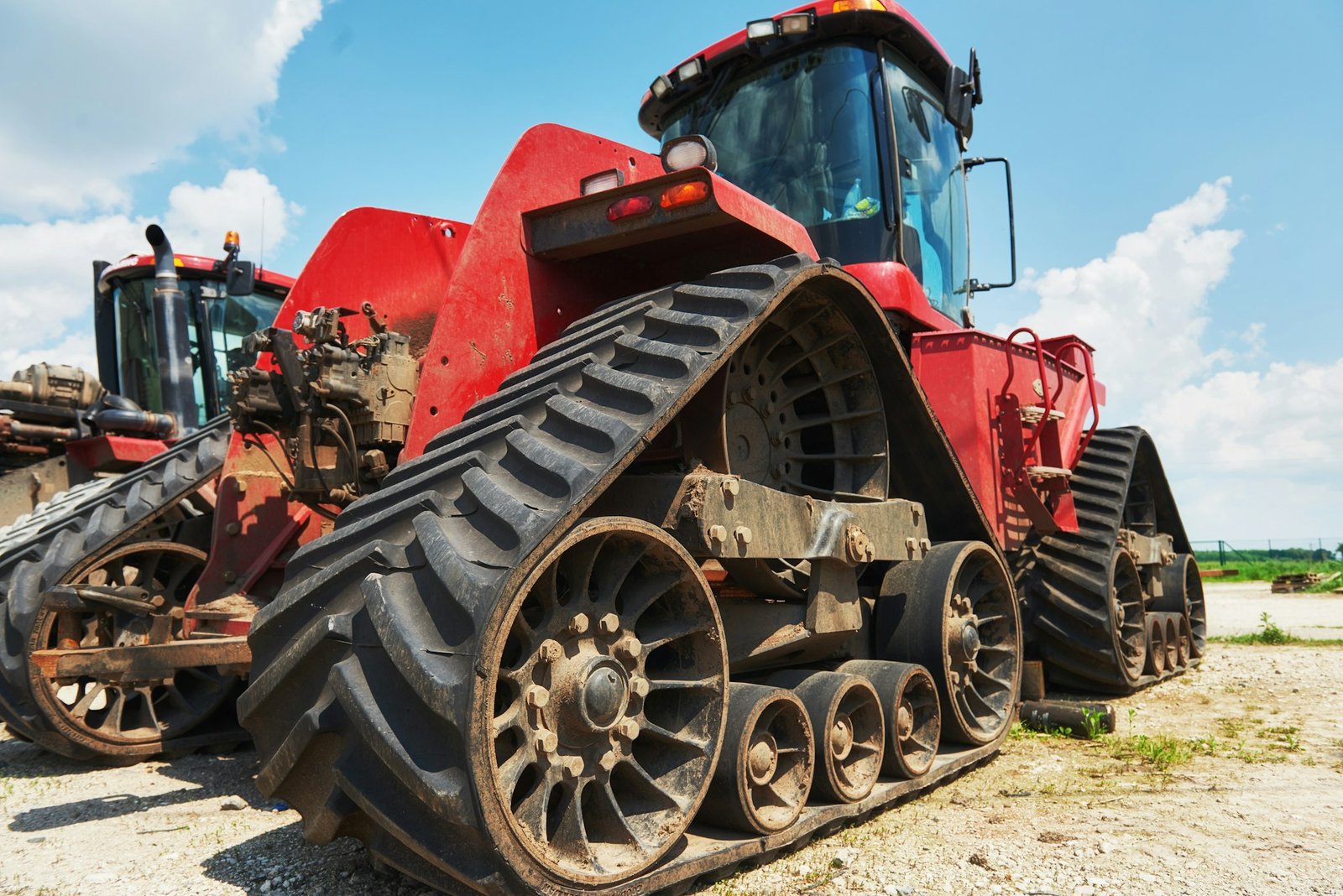In the ever-evolving world of agricultural machinery, the tractor remains a cornerstone, pivotal for operations ranging from small farms to large-scale agricultural enterprises.
At the heart of this machinery’s reliability and performance is the tractor half-shaft, a critical component ensuring the efficient transmission of power from the engine to the wheels.
However, manufacturing these essential parts involves more than precision engineering; it requires strict adherence to a complex web of regulatory standards and certifications.
This article delves into the labyrinth of compliance, guiding manufacturers toward ensuring their tractor half-shafts meet international standards, thus securing market access and customer trust.

Understanding the Importance of Compliance
In an industry where safety and efficiency are paramount, regulatory compliance is not just a legal requirement; it’s a commitment to quality and reliability.
International standards, such as those set by the ISO (International Organization for Standardization) and specific national regulatory bodies, ensure that products are fit for purpose, safe, and reliable.
For tractor half-shaft manufacturers, conformity with these standards is crucial for entering and sustaining presence in global markets.

The Role of Standards in Tractor Half-Shaft Manufacturing
Standards like ISO 9001 for quality management and ISO/TS 16949, specific to the automotive industry, play a pivotal role.
They outline the criteria for a quality management system, emphasizing defect prevention, supply chain integration, and continuous improvement.
For tractor half-shaft producers, these standards ensure that processes are in place to meet consumer and regulatory requirements consistently.

Navigating the Compliance Landscape
The path to compliance involves several key steps, starting with a thorough understanding of the relevant standards.
Manufacturers must then implement a quality management system that aligns with these standards, conduct internal audits to ensure ongoing compliance, and undergo regular third-party certification audits.

Step 1: Identifying Applicable Standards
The first step is identifying which standards apply to tractor half-shaft production.
This varies by market; for instance, the European Union’s CE marking signifies that a product meets EU safety, health, and environmental requirements, while the United States has its own regulatory requirements governed by the Department of Agriculture and other relevant bodies.

Step 2: Implementing a Quality Management System
Implementing a quality management system (QMS) that complies with these standards is essential.
The QMS should cover all aspects of production, from raw material sourcing to final inspection and testing, ensuring that every tractor half-shaft produced meets the specified quality and safety criteria.

Step 3: Ongoing Compliance and Certification
Ongoing compliance is ensured through regular internal audits and third-party inspections. These audits assess the effectiveness of the QMS and identify areas for improvement, ensuring that the manufacturing process remains in compliance with international standards.
Obtaining and maintaining certification from recognized bodies serves as proof of this compliance, facilitating market access and customer trust.

The Challenges of Compliance
While the benefits of compliance are clear, navigating the regulatory landscape is not without its challenges.
These can range from the cost and complexity of implementing a QMS to the need for continuous monitoring and adaptation to changing standards.
However, the cost of non-compliance, both in terms of market access and potential legal implications, far outweighs these challenges.

Ensuring Market Access and Customer Trust
Compliance with international standards is not just a regulatory requirement; it’s a key competitive advantage.
It signifies to customers that the manufacturer is committed to quality, safety, and reliability, enhancing brand reputation and customer trust. In an increasingly global market, this can be the difference between success and failure.

Conclusion
For tractor half-shaft manufacturers, navigating the complex landscape of regulatory compliance is both a challenge and an opportunity.
By understanding and adhering to international standards, manufacturers can ensure their products are safe, reliable, and competitive on the global stage.
The path to compliance requires commitment, resources, and continuous improvement, but the rewards – in terms of market access, customer trust, and business success – are invaluable.







